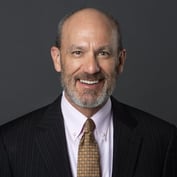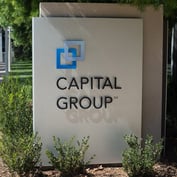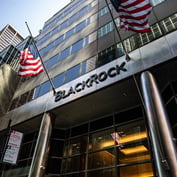Executives at Anthem Inc. (NYSE:ANTM) and Humana Inc. (NYSE:HUM) gave some details about the effects of the Patient Protection and Affordable Care Act (PPACA) on the major medical market today as they went over first-quarter earnings.
Executives at Anthem a little more optimistic, but executives at both companies talked about the problems they have seen as well as hopes for the future.
See also: Aetna: What PPACA problem?
Anthem is reporting $865 million in net income for the latest quarter on $19 billion in revenue, up from $701 million in net income on $18 billion in revenue for the first quarter of 2014.
The company ended the quarter providing or administering coverage for 39 million people, up 4.3 percent from the total it recorded a year earlier. Individual commercial enrollment increased 2.4 percent, to 1.9 million. Local group enrollment rose 0.1 percent, to 15 million, and national commercial accounts enrollment rose 2.6 percent, to 5.4 million.
Humana is reporting $430 million in net income for the latest quarter on $14 billion in revenue, compared with $368 million in net income on $12 billion in revenue for the first quarter of 2014.
Humana ended the quarter administering or providing coverage for 14 million people, 8.2 percent more than it was covering a year earlier.
For a look at some of what company executives said about their earnings in a conference call with securities analysts, keep reading.

1. Anthem saw solid growth in private exchange plan enrollment, but weaker growth than it expected in public exchange plan sales.
At Anthem, the private exchange enrollment plan increased to 280,000, up from 127,000 at the end of December and up from 100,000 a year earlier.
Many of the private exchange plan enrollees were Anthem plan enrollees before, but about 35 percent were new to Anthem, the company says.
The growth has not been substantial, “But, certainly, the pace has picked up,” Anthem president Joseph Swedish said. “We believe there’s probably a growing interest in private exchanges,” he added.
Public exchange qualified health plan (QHP) enrollment increased to 898,000. That’s up from 807,000 at the end of 2014, and up from about 600,000 a year earlier.
Wayne DeVeydt, Anthem’s chief financial officer, said the company’s QHPs attracted fewer new enrollees than it had hoped.
But “the existing business remained fairly sticky,” and retention levels were good, DeVeydt said.
Humana reports on three different forms of individual commercial enrollment: PPACA exchange enrollees; off-exchange enrollees with fully PPACA-compliant coverage; and off-exchange enrollees who still have older policies that do not fully comply with PPACA.
Enrollment in grandfathered and grandmothered policies fell 61 percent, to 184,800.
Enrollment in off-exchange PPACA-compliant policies increased 195 percent, to 213,300, and enrollment in exchange QHPs increased 227 percent, to 730,800.
HumanaOne individual enrollment growth “is way ahead of our projections,” according to Brian Kane, the company’s CFO.
At Humana, QHP sales and retention were both better than expected, Kane said.
See also: Blues to start private exchange for retirees

2. Anthem and Humana seem to be cautious about how they’ll do on individual medical business this year.
Swedish said he continues to believe the company can get underwriting profit margins of about 3 percent to 5 percent in the public exchange market.








 April 29, 2015 at 02:07 PM
April 29, 2015 at 02:07 PM














